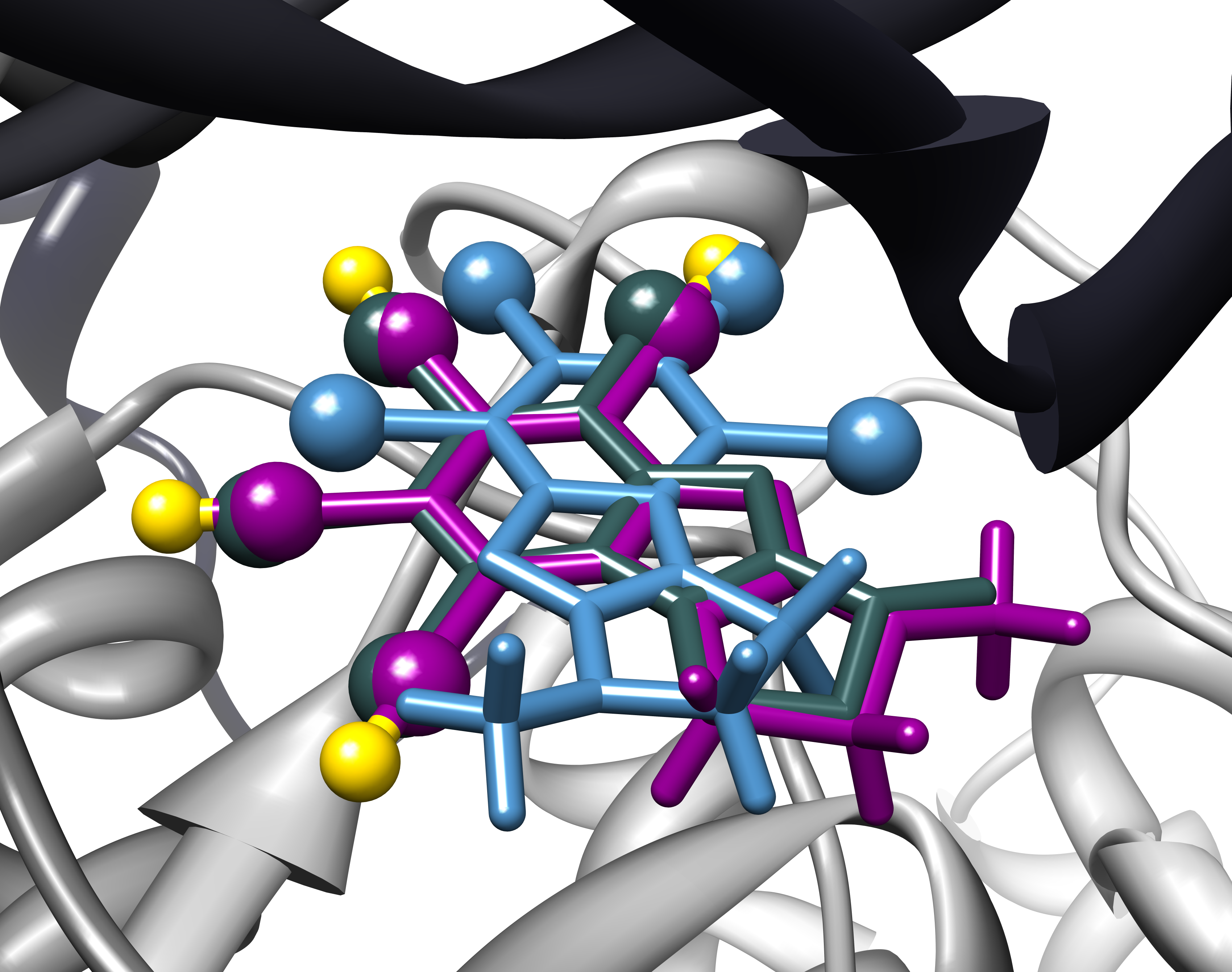Structure-based Drug design

Structure-based design methods have proven effective in every aspect of drug design – from lead discovery, development, through guiding clinical trials. These methods may be used to optimise the binding affinity of the drug candidate, to finely tune the specificity of protein-ligand interactions, and for predictive in silico toxicology (off-target binding, CYP450 binding and metabolism). In the group, the new methods are being developed aiming at truly rational drug development for drugs targeting some chronic, infectious, and incurable diseases, such as cancer, bleeding disorders, ischaemic stroke, bacterial gastritis, and neurodegenerative diseases.